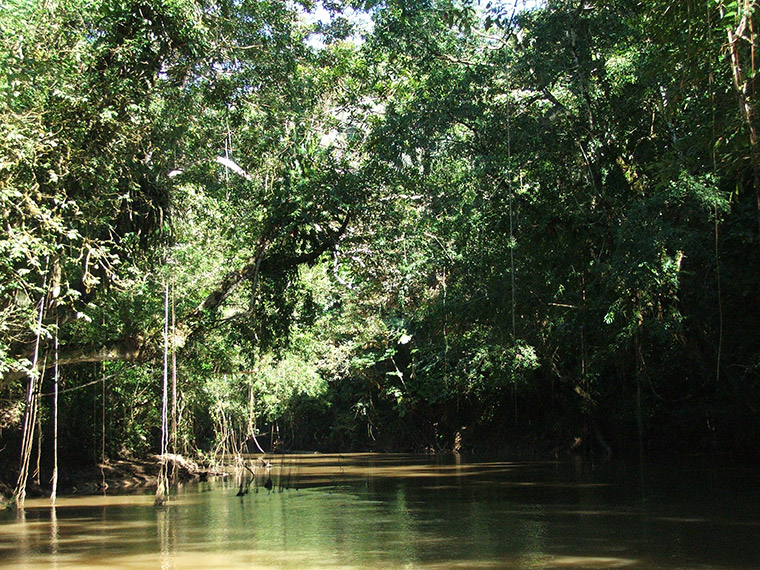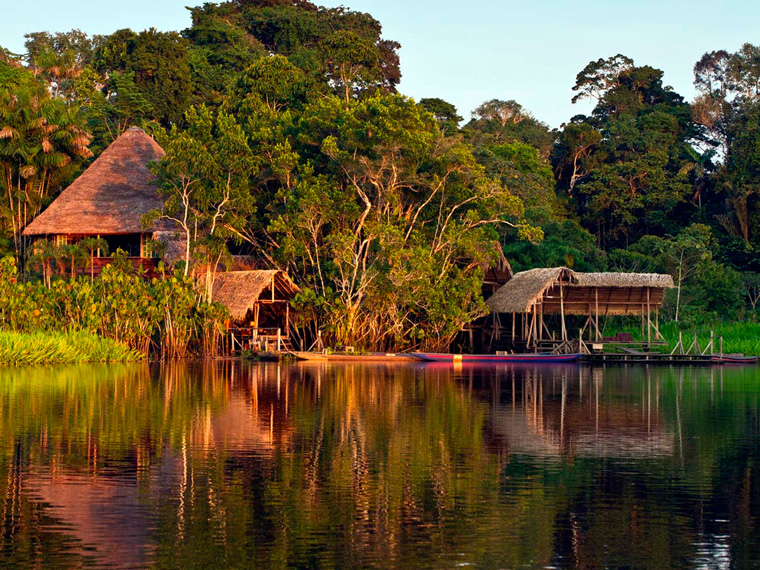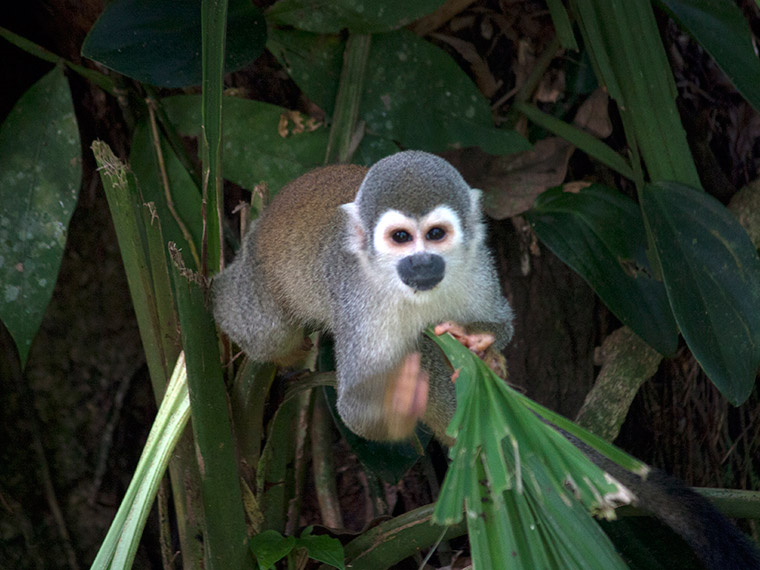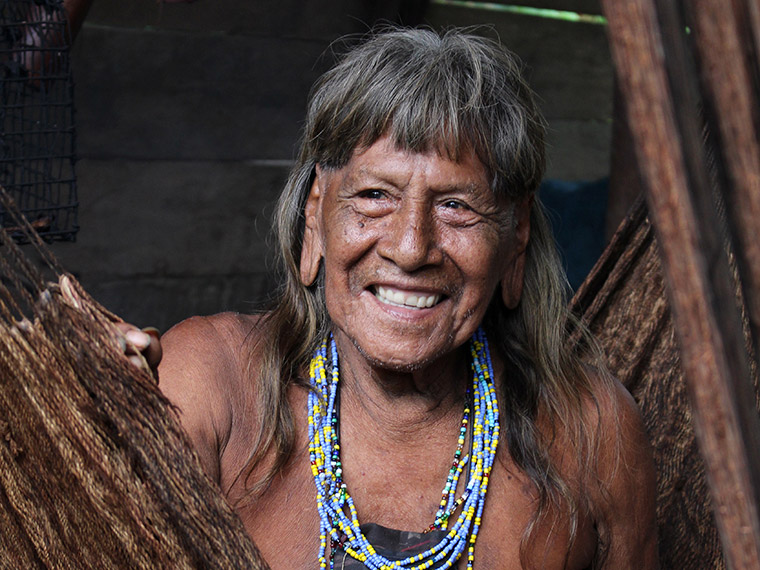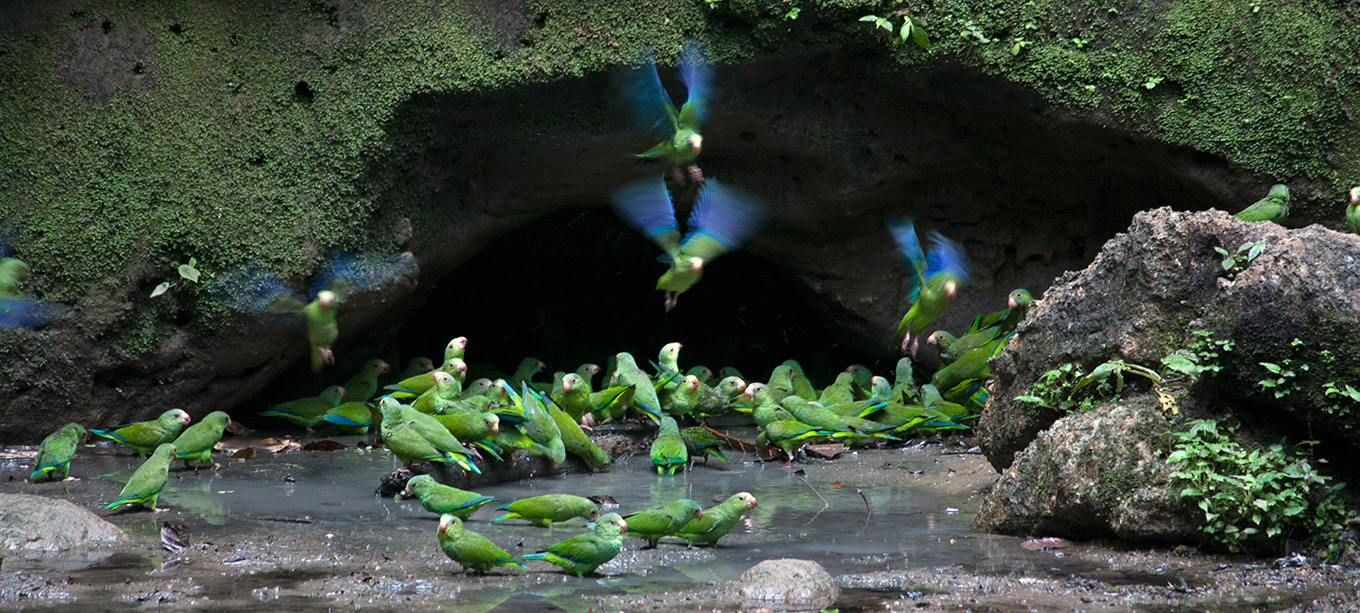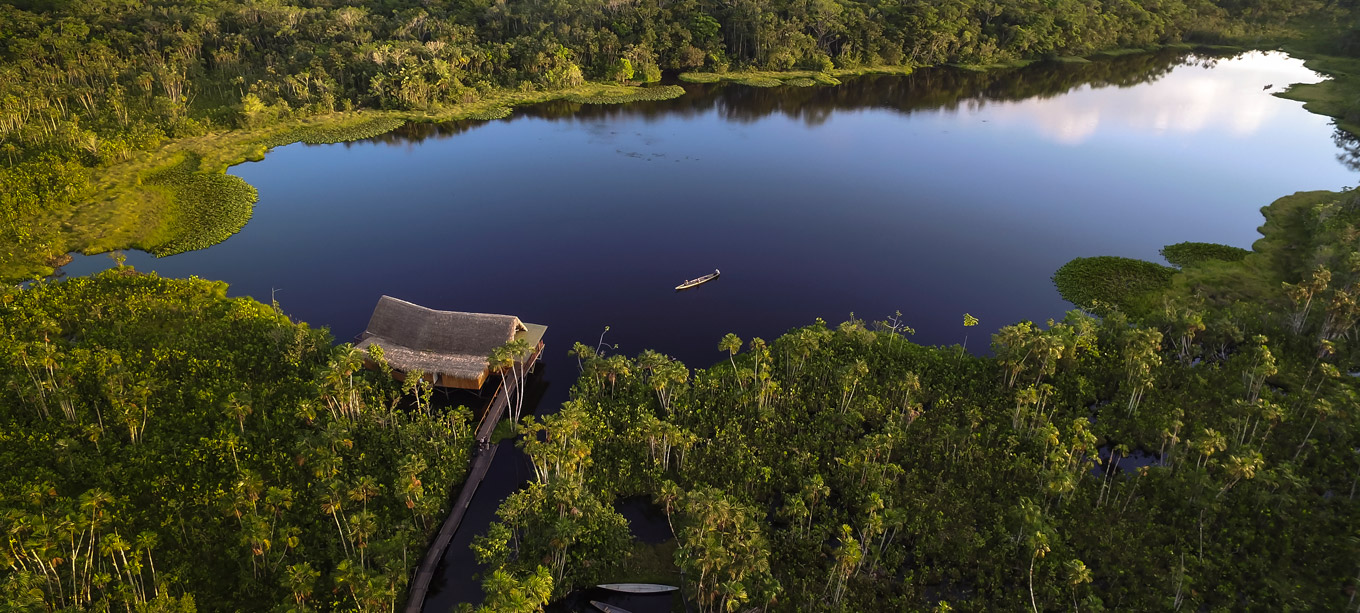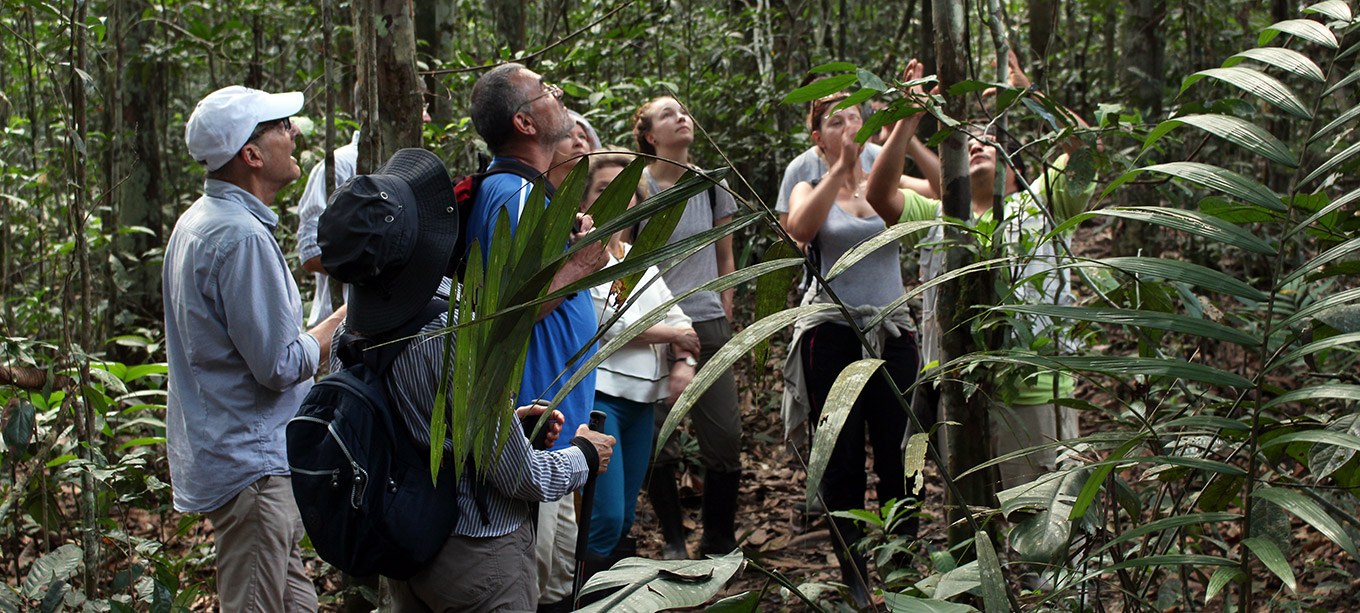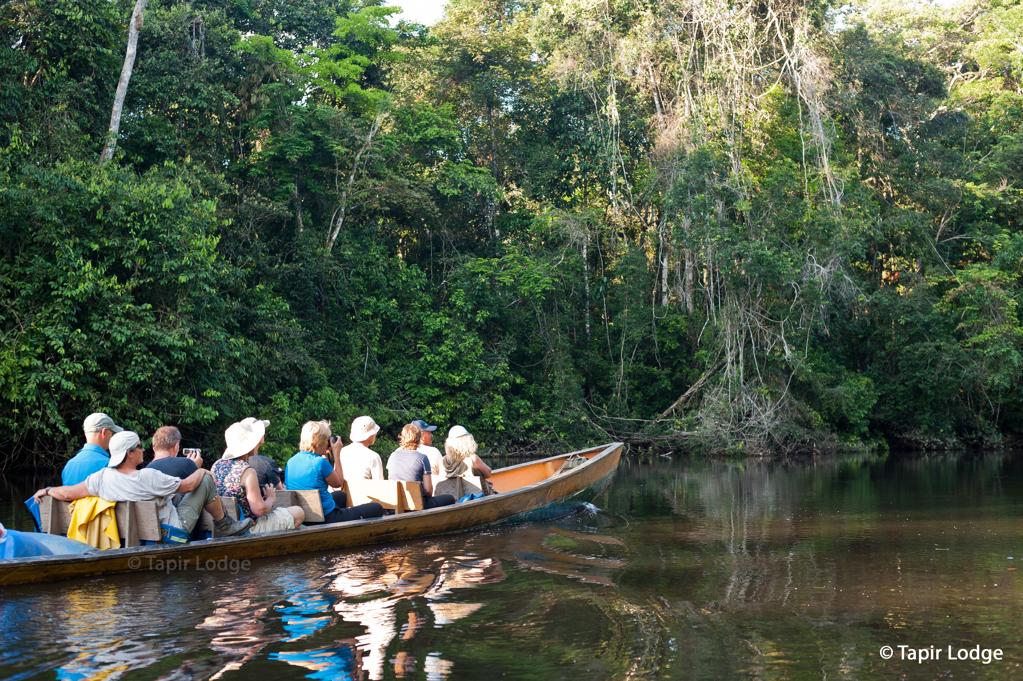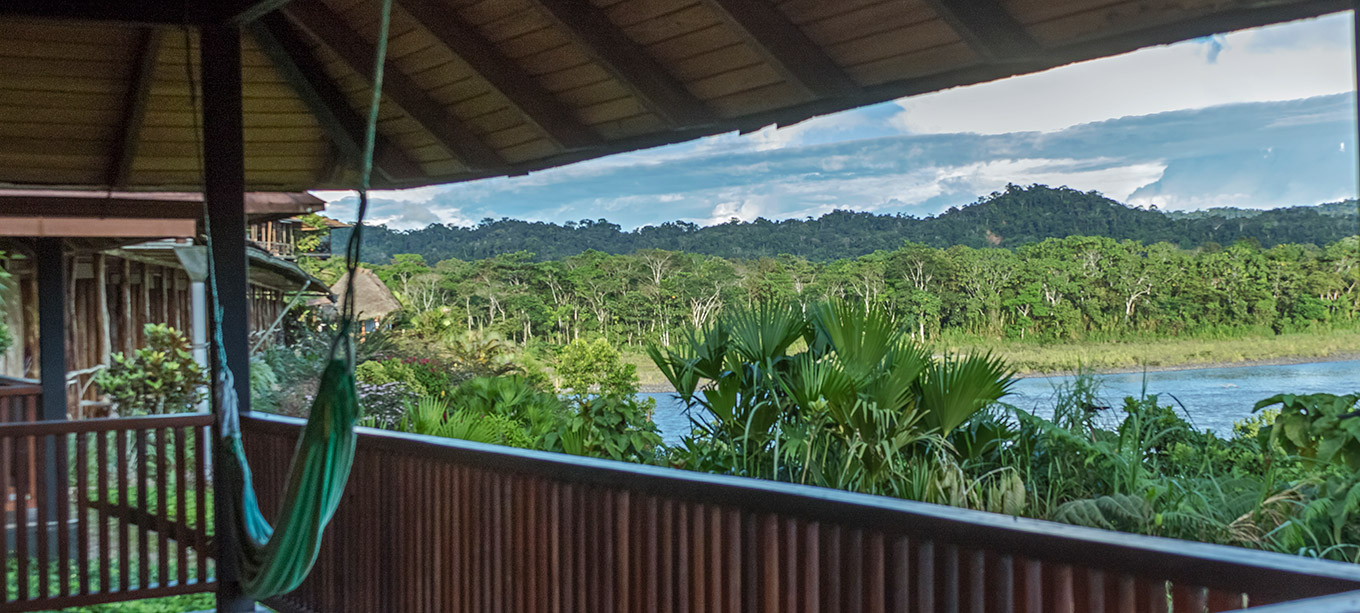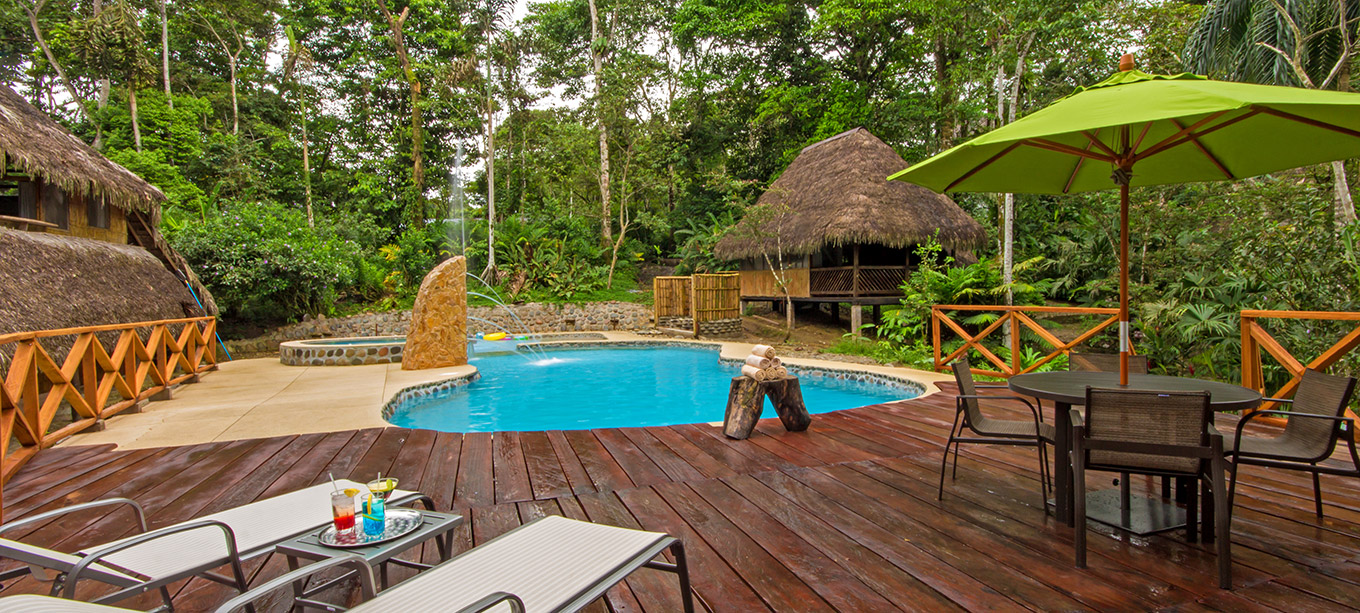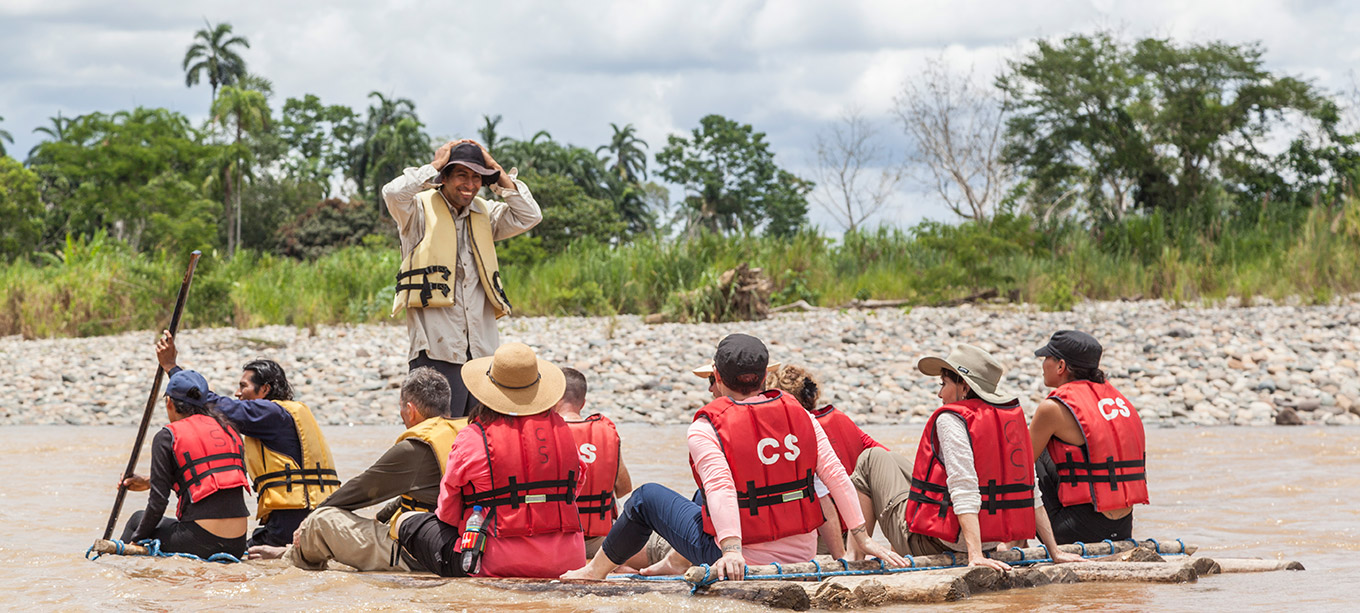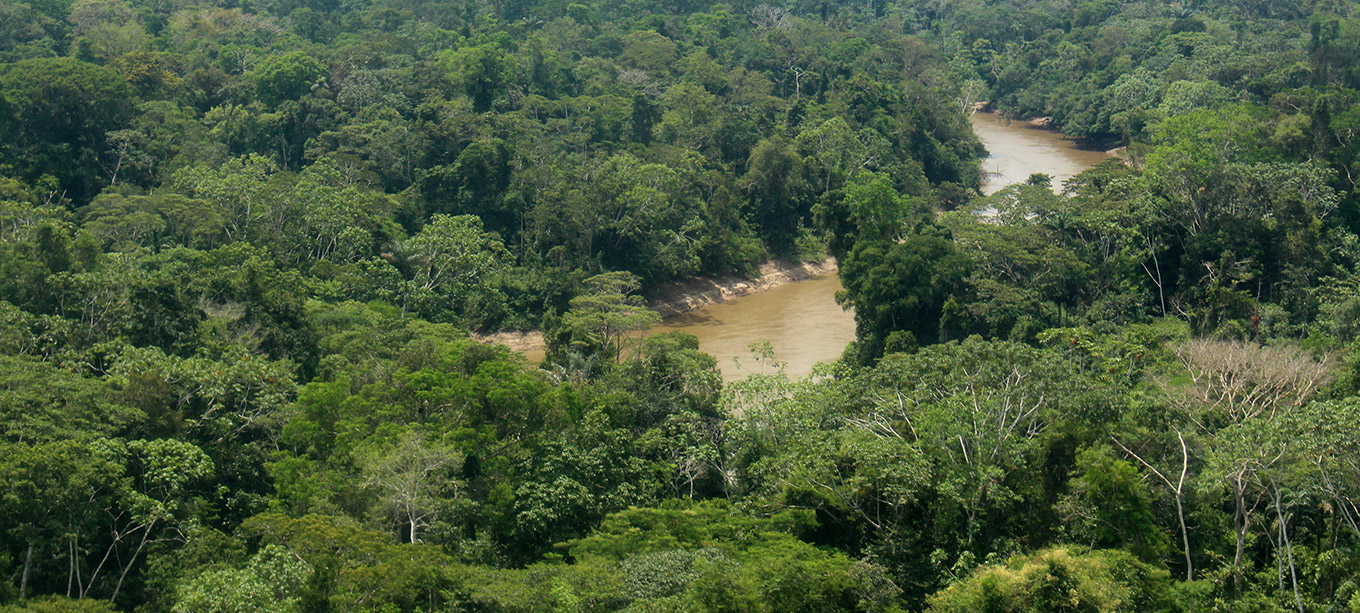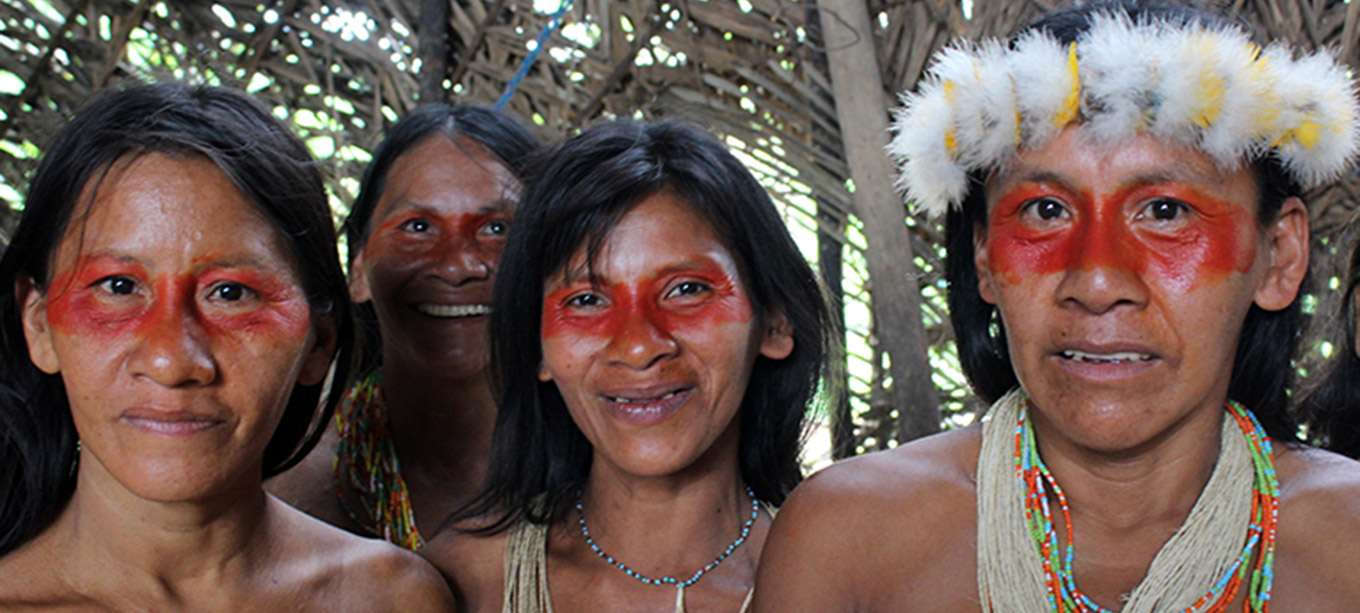AMAZON LOWLANDS
INTRO
The Amazon rainforest, who does not associate it with:
Monkeys jumping around in the canopy of the dense and green forest, the noise of the rain falling on the leaves, a boat ride on a small tributary river, the cries of animals or colorful birds…
The Amazonia, also known as “El Oriente” in Ecuador, has a mystical and legendary flair. Back in other times, the Spanish conquistadores were unsuccessfully searching for “el país de la canela” (the cinnamon forest valleys) and “El Dorado” (the city of gold).
Today, the adventures lead explorers towards finding new plant and animal species in the amazing and biodiverse Amazon Lowlands of Ecuador, stretching from the Andes on the East to the Peruvian and Colombian borders at both upper and lower ends of the region.
The green and lush rain forest is divided into several National Parks and Reserves and it is also home to several Amazon Amerindian tribes.
It doesn’t matter whether you visit it only for one day and stay in one of the lodges close to the towns of Tena or Puyo, or if you go for a five-day stay in one of the luxurious lodges along the Napo River. Or perhaps you feel adventurous and spend six to eight days camping in uncharted areas. You will be astonished by the diversity of plants, animals, insects and most of all, cultures.
YASUNI NATIONAL PARK / NAPO RIVER AREA
The biggest national park in Mainland Ecuador is probably also the most biologically diverse region on earth. It was designated an UNESCO Biosphere in 1989 and it is home to the fierce Waorani tribe as well as at least two more tribes living in deliberate isolation. On the border river shores of Napo and Curaray, the Kichwa and Záparo nationalities also live in their small communities.
After flying into Coca and traveling down the Napo River, you will stay at luxurious lodges with perfect access to this biodiverse hotspot.
Explore the rainforest with native naturalist guides, from observation towers or the only canopy walk in Ecuador. Observe the biggest clay lick in the region with hundreds of parrots and go on hikes to learn more about this amazing ecosystem.
CUYABENO WILDLIFE RESERVE
This unique ecosystem in the Amazonia encompasses a poorly drained plain with a network of periodically-inundated forests, lakes and creeks. It lies in the northern part of the Amazon Lowlands and it is accessed through the oil town of Lago Agrio.
Cuyabeno is home to the Siona, Secoya, Cofán and Kichwa Amerindian tribes and various comfortable lodges are run in collaboration with these communities.
Enjoy spectacular sunsets on the Laguna Grande, watch the Pink River Dolphins jump and, with one of our native naturalist guides, go on a long jungle hike at night. Don’t be afraid of going for a walk into the dark forest!
A GLIMPSE OF THE AMAZON FOREST
The Upper Napo River area offers quick access to the Amazon Lowlands by car or bus and so it is easily possible to visit one of the lodges in the area if coming from a round trip through the whole country.
The guides lead you on hikes trough mostly secondary and some small patches of primary forest. Don’t expect to find a lot of mammals or bigger reptiles and birds, due to the fact that the area has been impacted by human living. However, a short stay in one of the comfortable lodges is a perfect introduction to the rainforest. You can even visit a Kichwa family, enjoy a tubbing session to float on the Napo river or learn to pan gold on the shore.
DEEP AMAZON
Custom-made adventures are our specialty, and so we want to create your perfect trip into the most remote Amazon forest.
The lower Curaray and Cononaco river areas are two of the most preserved Amazon forest parts in Ecuador. On one of the sides, we find the Yasuní National Park and on the other side, you can see community projects where the Kichwa and Waorani villagers protect and preserve their territories.
The wildlife is stunning, and your experience will depend on the season and a bit of luck. In any case, the plant diversity is among the most generous around the world.
When flying, land on a small dirt strip in a small indigenous community and continue downstream by canoe for several days. Camp on beaches along the way and hike into the primary forest. Learn about a rapidly disappearing way of life from your local native guides.
CONTACT US

